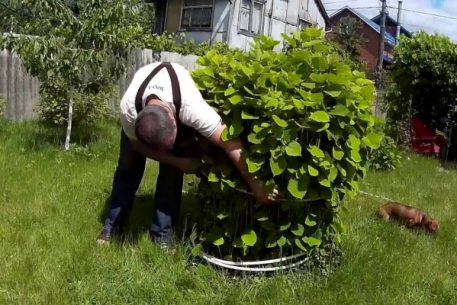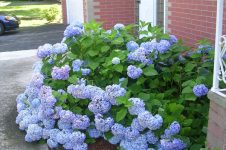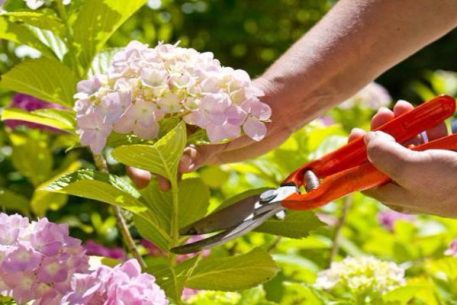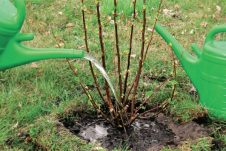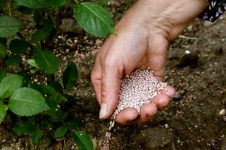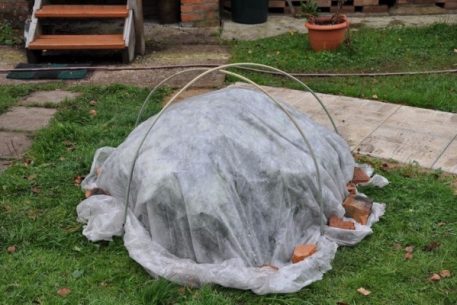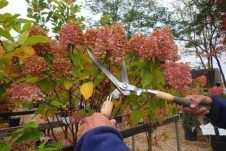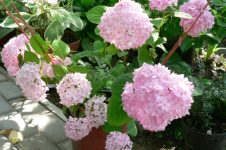Spectacular and abundantly blooming hydrangea captivates the hearts and attracts the eyes of others. Many gardeners, regardless of the area of residence, want to decorate the garden with a decorative plant. And subject to certain rules, hydrangea cultivation in the Urals becomes possible.
Material Content:
- 1 Winter-resistant varieties of hydrangea for cultivation in the Urals
- 2 The nuances of growing flowers
- 3 Hydrangea planting in open ground in the Urals
- 4 Features of proper care
- 5 How to propagate hydrangea
- 6 Wintering plants
- 7 When to open hydrangea after wintering in the Urals
- 8 Protection against diseases and pests
Winter-resistant varieties of hydrangea for cultivation in the Urals
Due to the fact that in the region in the winter season a temperature regime is established within -35-40 ° C, many thermophilic varieties of hydrangea are not suitable for cultivation in such conditions. The most suitable species for the Urals are winter-hardy shrubs - hydrangea tree-like and panicled.
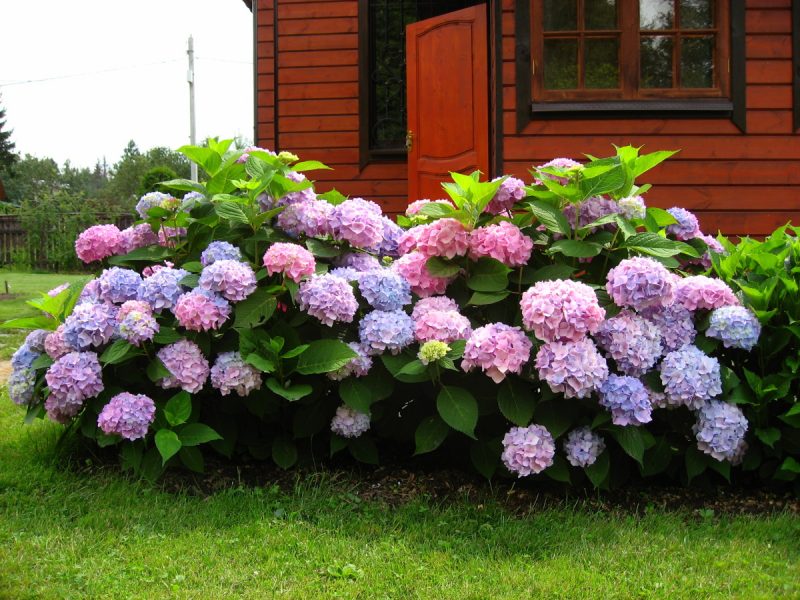
The optimal varieties of hydrangea for cultivation in harsh climates:
- dwarf variety Dart’s Little-Dot with milky white inflorescences;
- tall Limelight ’Pieter Zwijnenburg Jr., blooming white-cream flowers with a greenish tint, turning pink by autumn;
- medium-sized, frost-resistant representative of the Vanille Fraise species, the shade of creamy white inflorescences of which depends on the place of growth;
- frost-resistant Unique variety with white inflorescences, which in the midst of flowering acquire shades of pink.
The nuances of growing flowers
Growing hydrangea in a garden in the Urals has its own nuances:
- the need for artificial acidification of calcareous soil, characteristic of the region;
- competent approach to the selection of varieties;
- preparing the plant for harsh winter;
- plant protection from diseases, the development of which is associated with the soil and climatic characteristics of the Urals. https: //www.youtube.com/watch? v = gEOmdTCYjz4
Hydrangea planting in open ground in the Urals
Planting operations include a number of such mandatory steps as choosing a place and preparing the soil, the correct timing and the process of directly planting hydrangea in open ground.
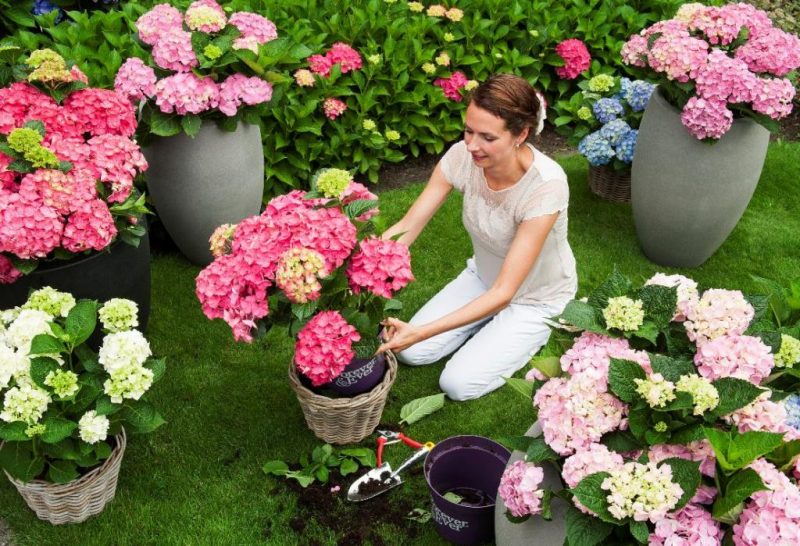
Site selection and soil preparation
When choosing a site for culture, it is worth giving preference to places protected from drafts with a lot of soft light and slightly moistened soil. Since alkaline soils prevail in the Urals, on which a beautiful plant does not grow, when preparing the site, it is necessary to add peat for digging or use potassium salt to acidify the soil.
How and when to plant
Due to the climatic characteristics of the region, planting seedlings in open ground is best done in the spring, when the threat of freezing frost disappears, guided by the following instructions:
- Landing pits with a size of 35x35 cm are excavated, in which peat is added (if the soil on the site was not prepared in advance).
- The distance between the holes during group landing is maintained within the range of 1-1.5 m.
- Sapling descends with spreading roots.
- After filling the pit with humus, the trunk circle is trampled and watered abundantly.
Features of proper care
Activities for the care of hydrangea include a number of standard procedures that are not difficult to perform.
Watering
It is necessary to water a moisture-loving plant regularly,
not allowing the soil to dry out. On average, during periods of drought, 3 buckets of settled water at room temperature pour out under an adult bush. With a lack of water, the leaves fade, losing attractiveness.
Top dressing
Fertilizing under the bushes is necessary three times a season - in the spring, during the budding and flowering phases. For additional nutrition of the plant, complex mineral agrochemicals are used, as well as a solution of bird droppings prepared in a ratio of 1:10 with water.
Pruning
Sanitary pruning, during which sick, frozen branches are removed, and annual shoots of up to 4 buds are shortened, is carried out in the spring. In the autumn, dry inflorescences are cut off from fading hydrangeas, and also, if necessary, rejuvenation of the shrub is carried out by cutting all the shoots, except for the 5 strongest.
How to propagate hydrangea
At home, varietal plants reproduce using vegetative techniques.
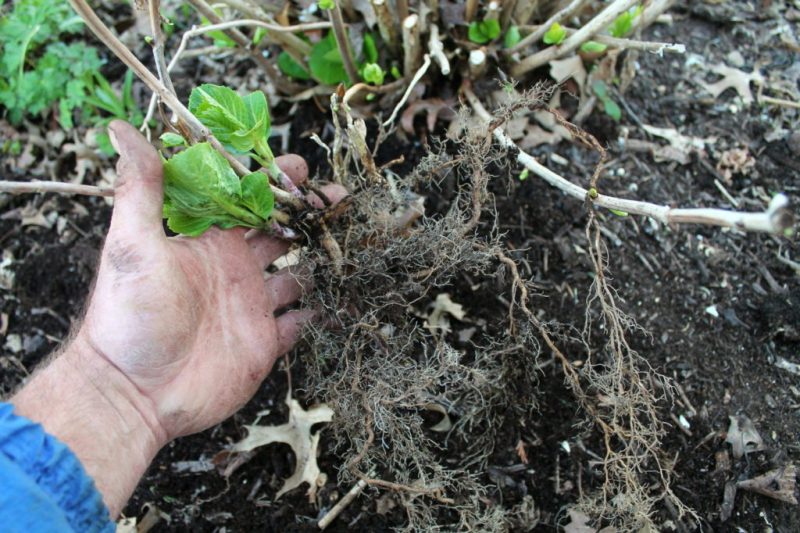
Cuttings
The most popular and productive way in which:
- In mid-summer, cuttings 15-20 cm long are cut.
- Sections of shoots matured in a growth stimulator are rooted in containers with a sandy peat substrate.
- Tanks are covered with caps.
- As a potted plant, the plant is grown for 2 years, after which it is planted in the garden in the summer.
Propagation by layering
With a similar method, which is carried out in late spring, an escape close to the ground is selected. The layer is cut and laid in a previously made groove, where it is fixed and dug in. The rooted shoot is separated from the mother bush only for the next year, after which it landed on a permanent place of growth.
It is interesting:large-leaved hydrangea in open ground
Bush division
Hydrangea is divided during a spring transplant. During the procedure, the rhizome is extracted from the soil and cleaned of its residues, after which it is separated. Each split must have well-developed roots and shoots. New plants obtained in this way bloom the very next year.
Wintering plants
Despite the high degree of frost resistance of varieties suitable for cultivation in the Urals, for them to successfully winter, it is necessary:
- In the autumn, mulch the near-stem circle with peat or charcoal.
- Before the onset of cold weather, bend the shoots of the plant to the ground and cover with spruce spruce branches or other non-woven covering material.
In the event that the coming winter is expected to be very severe, it is recommended to resort to the frame method of shelter. Around the bush from metal rods a frame is created, which is filled with dry garden foliage. From above, the structure should be covered with roofing material or a film.
When to open hydrangea after wintering in the Urals
With the advent of spring, shelter is gradually being removed. But
finally hydrangea will cease to need protection only after frost has passed.
Protection against diseases and pests
Due to the specific climate of the region, it is necessary to closely monitor the plant and protect it from damage by harmful organisms.
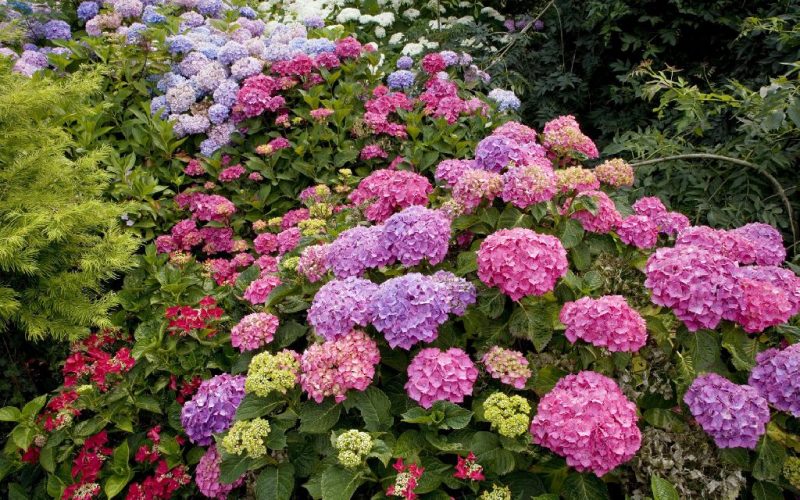
Among the diseases stand out:
- Peronosporosis - with the development of a fungal disease, the plant should be treated with copper sulfate solution with the addition of green soap, prepared on the basis of 10 g of water 20 g and 130 g of the product, respectively.
- Chlorosis - the development of the disease is associated with calcareous soils that prevail in the Urals. To protect the plants, the bushes are fed with nitrogen potassium.
The most common pests that often damage the hydrangea shoots are aphids and spider mites. With a small population of insects, you can try to get rid of folk remedies by preparing a garlic-soap tincture of 200 g of garlic passed through a meat grinder, 45 g of grated laundry soap and 2 l of water. With numerous colonies of the pest, you should resort to insecticide treatment according to the manufacturer's instructions indicated on the package.
Thus, if you adhere to the recommendations on agrotechnics of hydrangea cultivation in the Urals, then even in harsh climates you can get spectacular flowers of culture.


